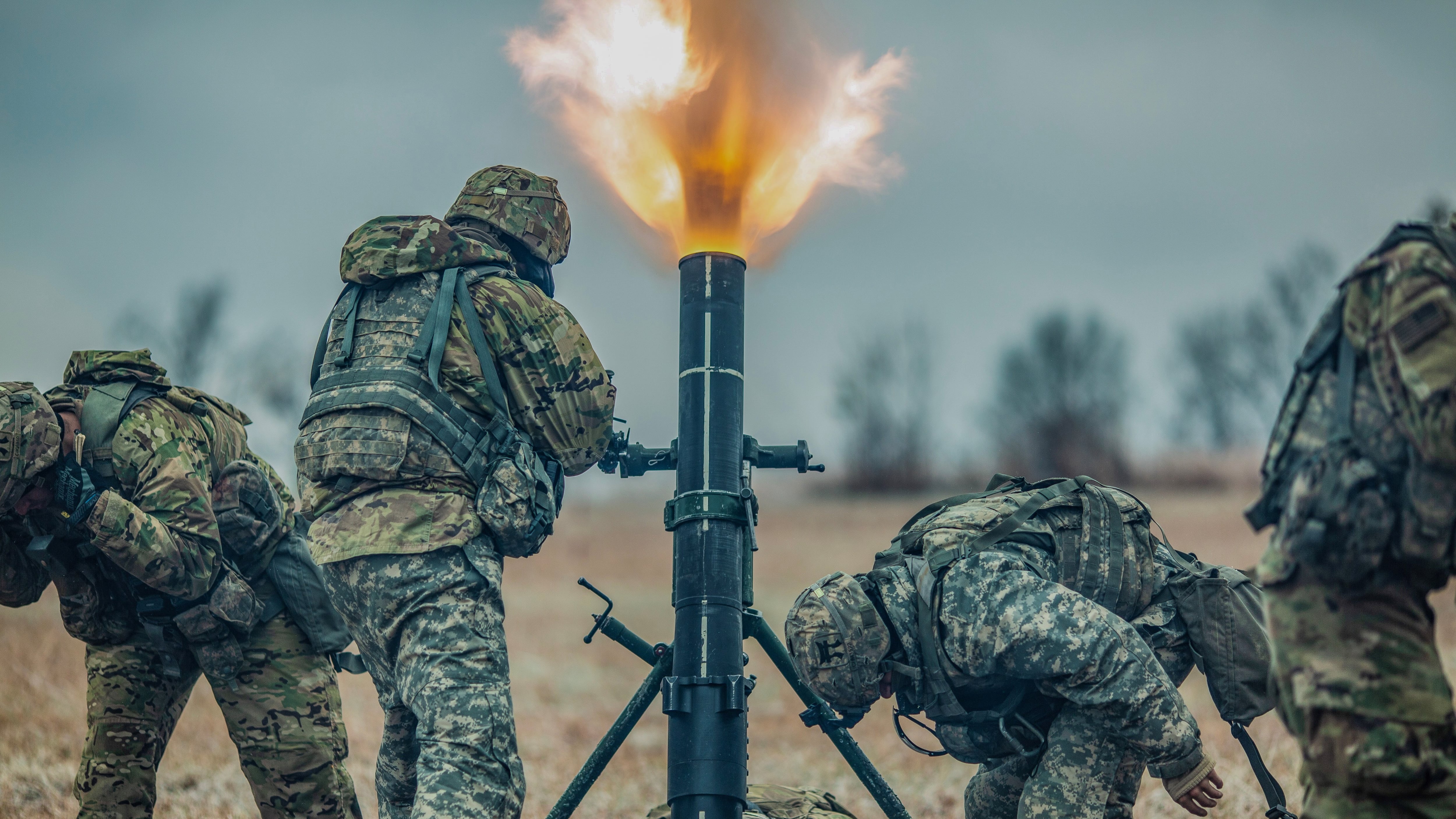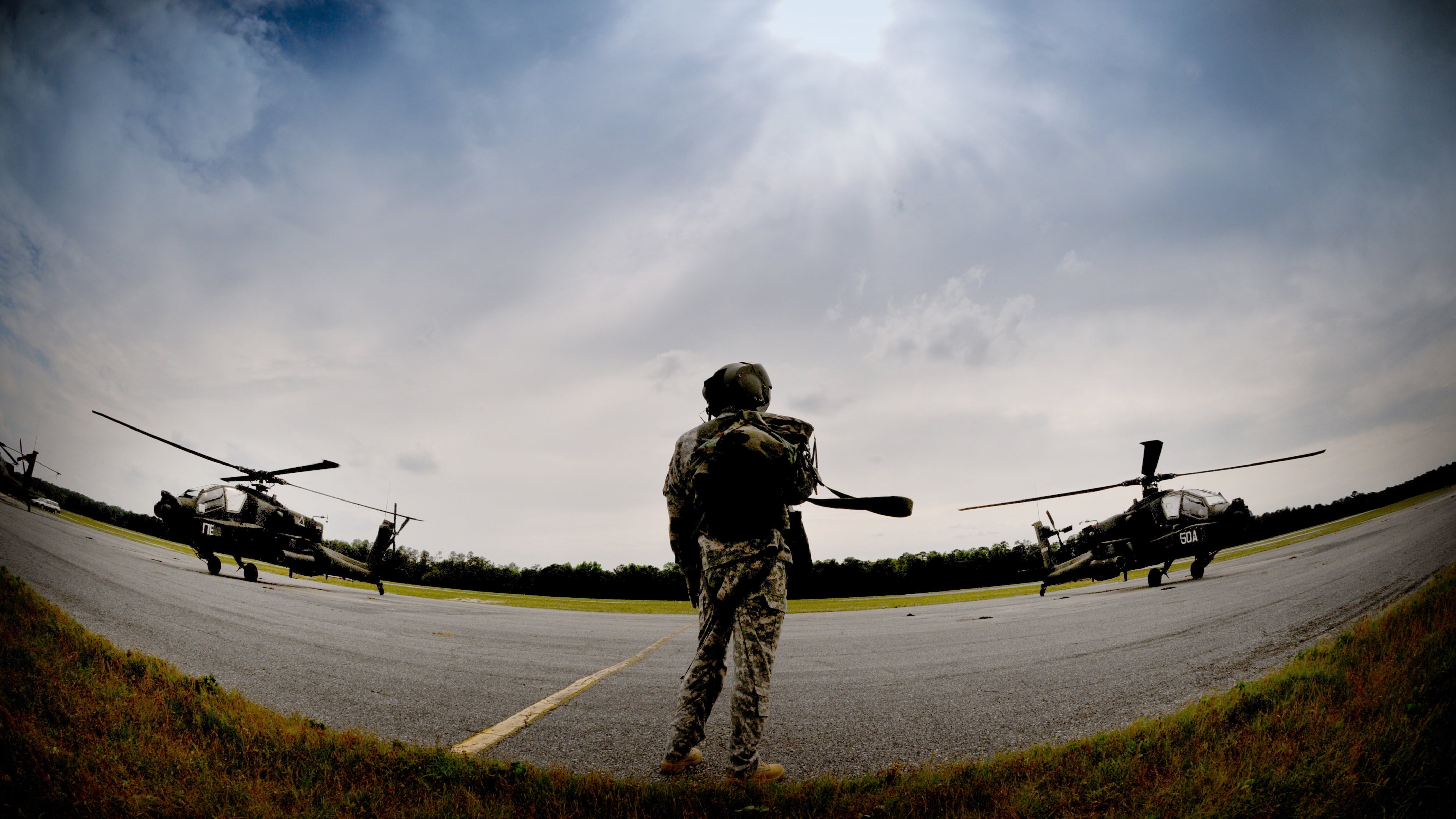The U.S. Army will kick off in April a program to test just how effective virtual reality and simulation may be in training students to fly helicopters, with hopes the results could offer a strategy to improve its curriculum and get more would-be pilots in the air faster.
The effort comes in part to better position the Army to meet more ambitious training requirements that the service hopes will combat the ongoing struggle to head off a pilot shortage.
“When there’s been no appreciable increase in the number of simulators or aircraft here to train, every touch point on an aviation platform — simulator or live — is critical,” Maj. Gen. William Gayler, commanding general of the U.S. Army Aviation Center of Excellence (USAACE) and Fort Rucker, said in an interview with Defense News. “Leveraging virtual reality with eventually some artificial intelligence, and some cognitive aiding technologies, are going to produce a far better product because there will be more frequency and repetition on those platforms.
“You may find that it also allows you to increase the throughput velocity through flight school, meaning they’re going to learn tasks quicker, they’re going to retain them longer. And if that translates into less time in flight school and less blade hours, that logically means less money because we pay for student training by blade hours.”
Defense News visited Fort Rucker while traveling with Army Secretary Mark Esper in January.
Virtual reality simulators are newer to the Army in part because finding a simulator that actually performs like a helicopter has been a challenge.
“In the commercial marketplace, people want to jump in and fly an airplane. And when people jump into a video game, they want to be able to succeed. It’s not designed to be difficult,” nor is it realistic, said Col. Chad Chasteen, commander of the 110th Aviation Brigade at the USAACE. “But I think we found a very good simulator. You pull in the power, you can feel it shake a little bit, you can hear the turbines increasing in pitch, you can feel the aircraft vibrating, and it requires a little bit of work to hover like a real helicopter. And I think that as we progress through the trials, we’re going to actually be able to make it even closer to the flight regimes that we want.”
RELATED

The simulator was created in partnership with industry by the U.S. Army Combat Capabilities Development Command’s Aviation and Missile Center — formerly the U. S. Army Aviation and Missile Research, Development and Engineering Center. Gayler confirmed that the Aviation and Missile Center launched a contracting vehicle for the effort and is acting as the systems integrator, but refrained from naming companies supporting the development.
“This is only a pilot program,” he said. “Once we decide that this has great value, then we'll widen the aperture a little bit. We would certainly bring more [systems] here.”
Kicking off in April, the pilot program will involve a full flight school class of 48 students. Half of those students will serve as a control group, going through normal flight school training curriculum of 32 live-flight hours. A second group of 12 students will get 18.7 live-flight hours, and a third group of 12 students will get 11 hours of live-flight time. But the second and third groups will get 40 percent and 60 percent more total flight time, respectively, in terms of the combined flight, virtual reality and simulation.
“What we’re trying to do is achieve the right mix of live and virtual [training] to get a higher-quality aviator,” Chasteen said, adding that the program was developed with a great deal of input from the Air Force, which relies more heavily on simulators for pilot training. “We believe, by giving a student more repetitions and base tasks and fundamentals, that by the time they get to their combat aircraft, they’re going to be a higher-quality aviator, even though they got less time in an actual aircraft.”
Once that initial phase of flight school is completed, students will continue through the curriculum without virtual reality, experiencing the same training as the control group in the class. Ultimately, they will all perform a check ride in the actual aircraft, which will determine capability. That first phase of the pilot program will take nine weeks. Two additional classes will then go through the same program.
“We’re going to develop lessons learned that we find as we go,” Chasteen said. “We believe by the time we get to the end of that, we’re going to have a very good idea of where we need to go from here.”
Jill Aitoro is editor of Defense News. She is also executive editor of Sightline Media's Business-to-Government group, including Defense News, C4ISRNET, Federal Times and Fifth Domain. She brings over 15 years’ experience in editing and reporting on defense and federal programs, policy, procurement, and technology.





